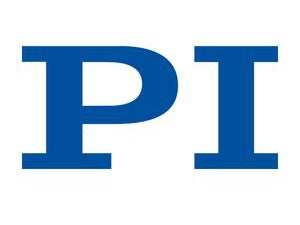
Administering vaccinations is vital prevention of viral or bacterial infections, a topic examined in early Asian cultures, ultimately experiencing its discovery in the 19th century under Edward Jenner’s research.
While they are still a point of contention, vaccines are now part of everyday medical life, preventing people from falling ill with diseases such as measles, tuberculosis, polio or tetanus. This vaccination policy has brought down cases of infection worldwide significantly, some diseases were even eradicated, e.g. smallpox. In the wake of the global COVID-19 pandemic, modern vaccination technologies are gaining importance as they promise to protect the world population from future pandemics. Vaccine patches are one of these next-generation applications and piezo technology can play an important role in their production.
New Technology: Vaccine Patches
During vaccination, killed or weakened microorganisms, toxins or proteins are usually injected intramuscularly into the body with syringes. They generate an immune response and lead to the immunity of the patient against the specific diseases. As the administration of vaccines is a constant challenge for medical staff worldwide, especially in developing countries with poor medical infrastructure, the novel concept of vaccine patches opens up numerous possibilities.
Vaccine patches consist of a small polymer patch with incorporated microneedles of about 200 to 300 µm in height. When the patch is applied, the needles are stuck into the skin and the vaccine, located on the tip of the needles, is directly injected. Unlike vaccination using syringes, vaccine patches virtually rule out infection through e.g. needle accidents. There are different types of microneedles, some of which dissolve in the skin over time after releasing the vaccine.
Vaccine patches are easily distributed even to remote rural areas and can be applied without the help of healthcare professionals. They also require less than half the dosage of conventional vaccines: More immune cells are found in the skin layers that are penetrated by the microneedles, so a lower vaccine dose still produces an equivalent immune response. Probably the biggest advantage this form of vaccination offers is durability: During the production process, the vaccine on the microneedles is dried, preserving its powers for up to one year at temperatures of up to 40°C, no cooling required. This opens up new possibilities for vaccination, especially in countries with a tropical climate.
For more information, please fill out the enquiry form attached to this page.

